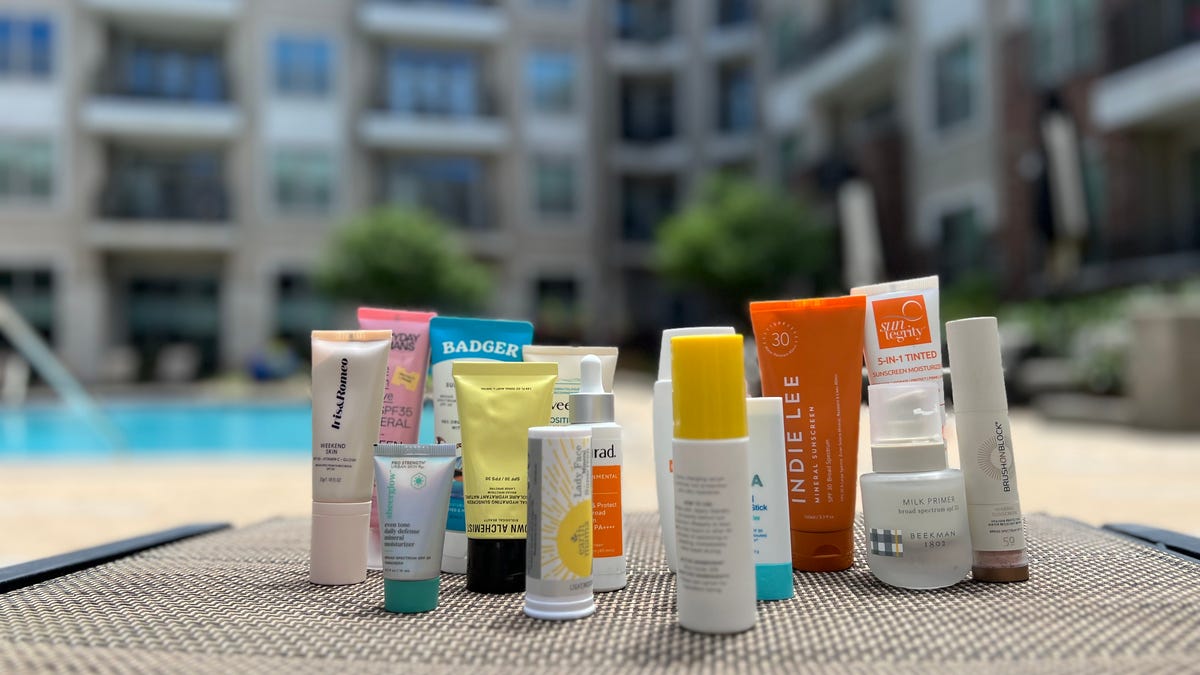Apple has taken the wraps off its latest crop of iPhones, introducing four devices in total: the standard iPhone 17, the high-end iPhone 17 Pro and iPhone 17 Pro Max and an all-new ultra-thin model called the iPhone Air. We have hands-on previews for the Air and Pro models already, but as always, most people should hold off on making a purchase until we can fully review each phone in the coming days. But if you’re already sure you want to upgrade, we’ve broken down what you should know about each new iPhone before you pre-order.
The star of Apple’s lineup — and the most significant design update for the iPhone since 2017’s iPhone X — is the iPhone Air. Like the original MacBook Air and iPad Air, the new phone’s big selling point is thinness, as it measures just 5.6 millimeters at its slimmest point. That’s more than 2.3mm thinner than the standard iPhone 17. This design is also lighter than the rest of the lineup at 165 grams; by contrast, the iPhone 17 weighs 177g, while the much smaller iPhone 13 mini weighed 141 grams.
The Air sports a 6.5-inch, always-on OLED display with a 120Hz variable refresh rate. It's protected by a new Ceramic Shield 2 layer on the front that Apple claims is three times more scratch-resistant than previous models. It runs on a new chip called the A19 Pro, which should be a bit faster and more power-efficient than the also-new A19 chip in the base model. The design has a Ceramic Shield glass back and titanium frame, with a pronounced pill-shaped bump on the back that houses the rear camera. There’s still a USB-C port, and the phone uses the C1 modem that Apple debuted with the iPhone 16e earlier this year.
Being so thin could force the iPhone Air to compromise in certain areas, however. The main concern is battery life: Apple says the phone's "high-density" battery, improved processor and C1 modem — along with efficiency improvements in iOS 26 — should allow it to last "all day," but we’ll need to test the device for ourselves before we can say just how long that is in the real world. On its store page, Apple says the Air can produce up to 27 hours of video playback. Perhaps tellingly, the company has released a $99 MagSafe battery pack to go with the phone, which can extend that rating to 40 hours.
Beyond that, the Air’s limited space means it only has room to fit a single 48-megapixel "Fusion" camera on the back, not the dual- or triple-lens camera setup of the iPhone 17 and iPhone 17 Pro. (There's a sharper 18MP front-facing camera with Apple's Center Stage tech, however, and Apple says you can now record videos using the front and rear cameras simultaneously.) The thin frame means there’s no room for physical SIM cards either, so you’ll have to get onboard with eSIM instead.
The iPhone Air starts at $999 for 256GB of storage, with 512GB and 1TB versions priced at $1,199 and $1,399, respectively. It’s available in sky blue, light gold, cloud white and space black. Like the other iPhones announced today, it’ll be available to pre-order on September 12 at Apple’s online store. Shipping will begin on September 19.
Even more than usual, we’d recommend most people wait for reviews before picking this one up. This is a first-generation device (sort of), and the presumed sacrifices with the camera and battery could be significant. That said, it’s also the first genuinely different iPhone in some time, and more than a few people have complained about Apple’s handsets growing stagnant over the years. If the trade-offs aren’t too great, the Air could bring a little excitement back to jaded iPhone users (especially if they won't just use a case).






























